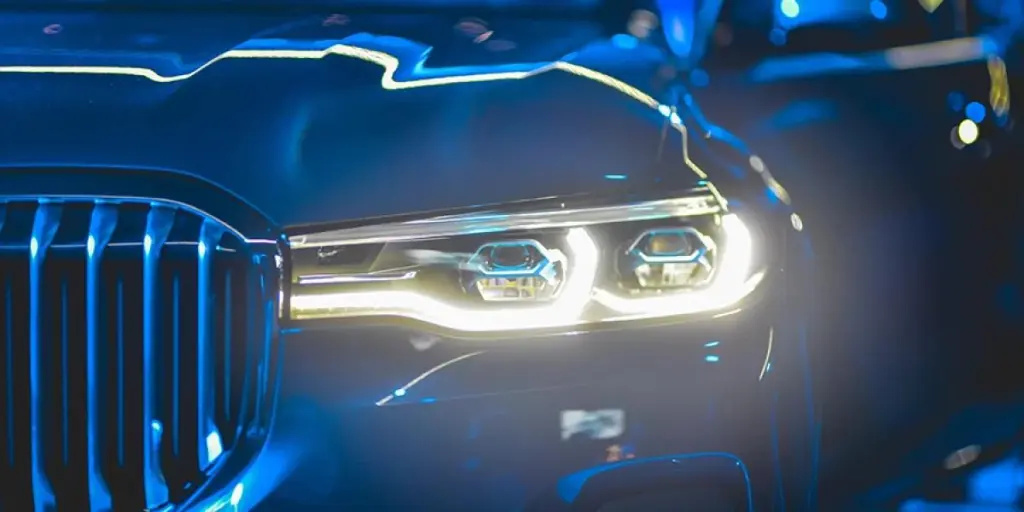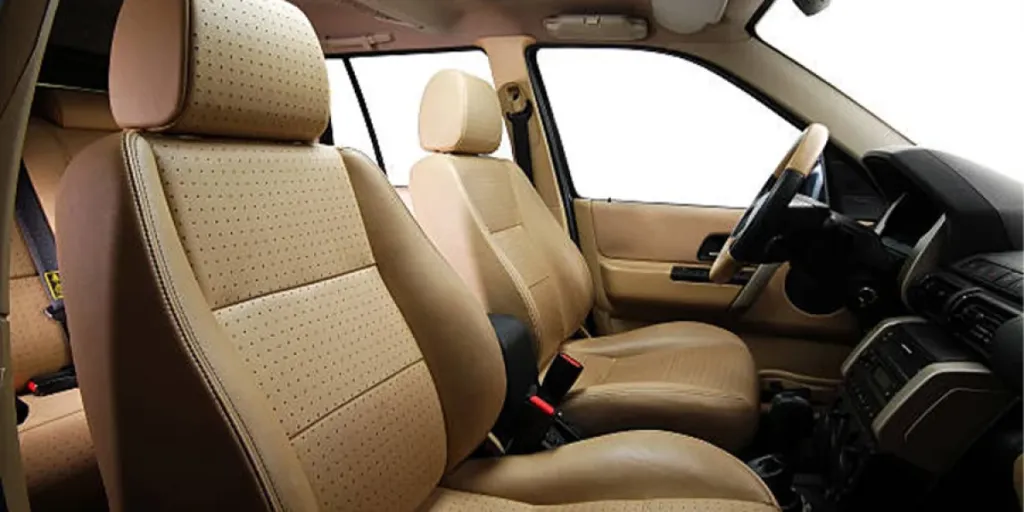Ceramic coating is the latest technology in auto care. It is rapidly evolving for its unique take on a wheel’s appearance. It upgrades the car surface with a protective material coating and enhances its aesthetics.
But it isn’t as simple as it sounds. The performance and durability of the coatings vary according to the application techniques, maintenance process, and environment. This article walks you through the common ceramic coating types and gives some tips for businesses to invest in them.
Table of Contents
Ceramic coatings market insight
Latest trends in ceramic coatings
1. Nano-ceramic coating
2. Hybrid ceramic coatings
3. PTFE-based sprays
4. Semi-ceramic coatings
5. Graphene-based coatings
Investment tips for the ceramic coating segment
Final thoughts
Ceramic coatings market insight
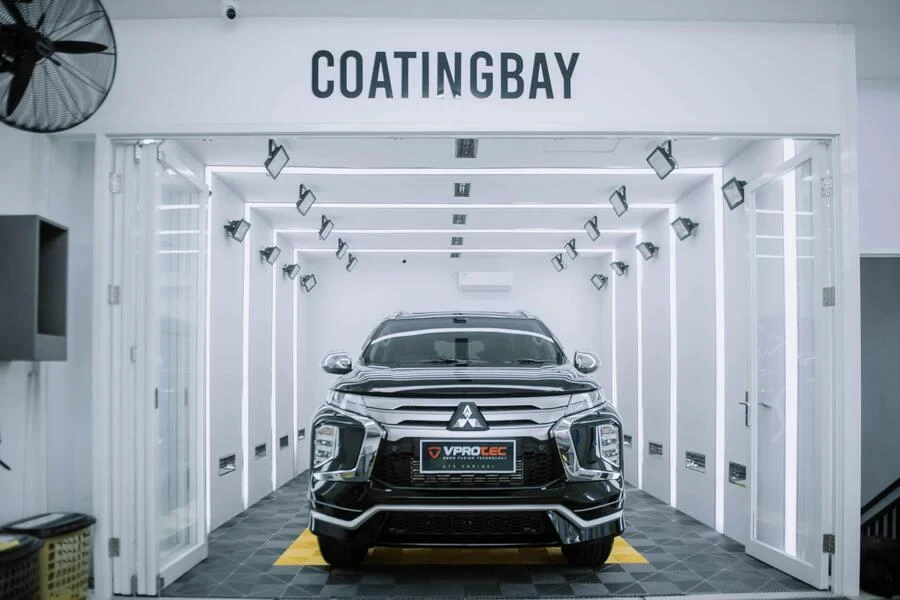
The global ceramic coating market was worth US$11.23 billion in 2023 and is expected to reach US$22.04 billion by 2032, growing at a compound annual growth rate (CAGR) of 7.78% from 2024 to 2032. Ceramic coatings are widely used in the automotive industry to protect surfaces from scratches, chemicals, and UV damage. Demand for these coatings continues to rise as more people seek durable and visually appealing car finishes. Growth in the transportation and automobile sectors is a key driver of this trend. Over the past five years, many new products and business expansions have entered the market, showing strong potential for future growth.
The Asia-Pacific region leads the global ceramic coating market. Rising investments and production in industries like aerospace, defense, electronics, and automotive are fueling demand. China, the world’s largest car and electronics manufacturer, meets domestic and global needs, increasing its industrial output. India and South Korea also see rising demand due to growing investments in electronics and defense.
Besides these, countries like Indonesia, Malaysia, and Thailand are expanding their automotive industries, further boosting ceramic coating use. All these factors are expected to drive market growth in the region during the forecast period.
Latest trends in ceramic coatings
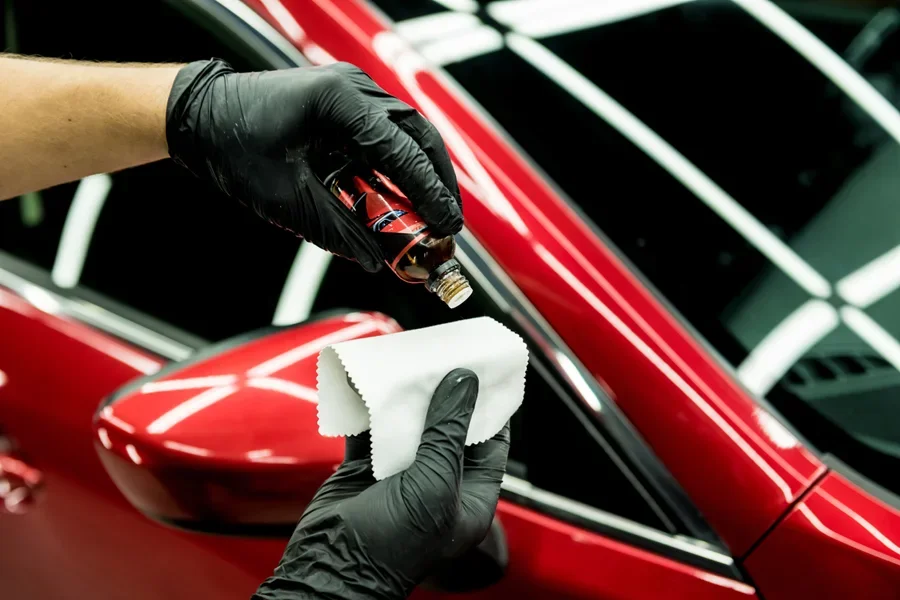
Ceramic coatings go beyond traditional waxing and polishing, offering long-lasting shine and unbeatable protection. They shield a car from stains, bird droppings, extreme weather, and everyday wear, keeping it looking pristine for years.
Ceramic coatings go beyond traditional waxing and polishing, offering long-lasting shine and unbeatable protection. They shield a car from stains, bird droppings, extreme weather, and everyday wear, keeping it looking pristine for years.
1. Nano-ceramic coating
Also known as nanocoatings, this advanced protection uses nanotechnology to form a thin, invisible layer over a car’s surface. Once applied, it bonds at a molecular level, creating a rigid, swirl-resistant shield. With superior ceramic protection, the car’s surface repels water like a duck’s back. It effortlessly washes away dirt and grime. Rain, mud, and road debris slide right off, making cleaning a breeze.
Some argue that nano-ceramic coatings are costly and tricky to apply. But professionals insist they are a game-changer and a solid investment for long-term protection. Think of them as a bulletproof vest for a car. They practically safeguard the wheels against harsh elements while giving them a glossy finish and unmatched durability.
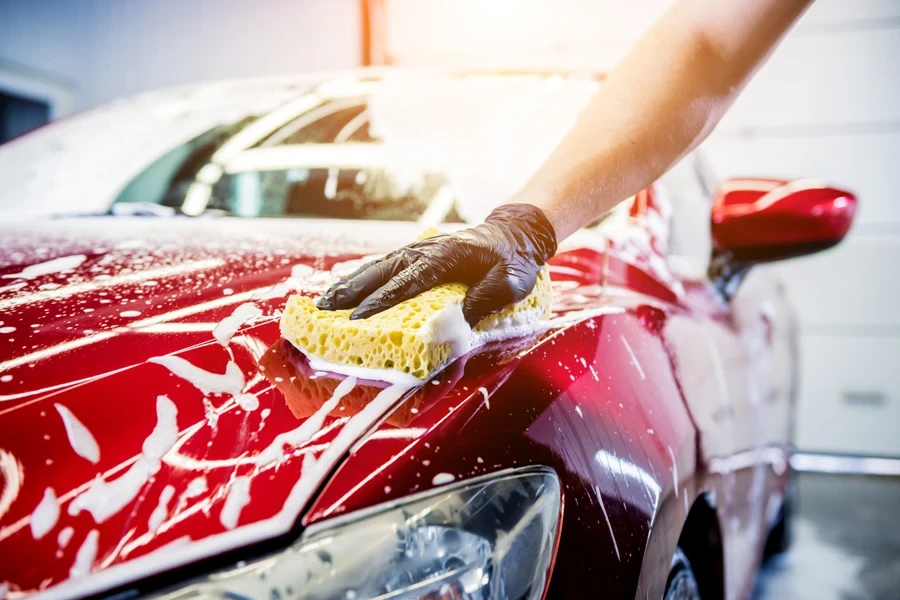
2. Hybrid ceramic coatings
Want insane shine and a showroom finish without breaking the bank?
Hybrid ceramic coatings are perfect for car lovers who crave longevity and excellence. These coatings blend ceramic with other powerful ingredients like silica to create a carbon finish that protects against UV rays, chemicals, and dirt.
Look for a standout option with instant gloss and easy coating application. It acts like an invisible shield, allowing dirt and water to slide off before they have a chance to stick. Still, some people debate whether hybrid or pure ceramic is better. But one thing is clear: hybrids offer a cost-effective way to get that stunning shine without heavy-duty application.
3. PTFE-based sprays
PTFE, short for polytetrafluoroethylene, is a Teflon-based spray that offers a smooth, high-gloss finish and heat resistance. Even though it’s not as strong as other ceramic coatings, it still provides a slickness that repels water and helps prevent paint swirls. These coatings work at a molecular level, creating a non-stick barrier that keeps the car’s exterior looking fresh.
One of PTFE’s biggest advantages is its versatility. It can be applied to car paint, windows, exterior plastics, and more. The easy spray-on wipe-off application makes it beginner-friendly while still delivering noticeable results. The benefits include improved shine and a hydrophobic effect that helps water slide right off.
Though it’s not the toughest option out there, it’s a solid choice for those looking for effortless shine and protection.

4. Semi-ceramic coatings
Semi-ceramic coatings offer a solution for those who want extra protection for their vehicle’s paint without committing to a full ceramic coating. Contrary to the other coatings, they don’t provide the same hardness level. Rather, they add a layer of defense against scratches, damage, and high temperatures. Think of it as a topcoat for the car, boosting its durability without the heavy-duty price tag.
If you’re after a showroom finish, this is a smart purchase. It enhances shine, repels dirt, and makes cleaning a breeze. Just remember, it won’t erase existing scratches or swirl marks, but it will help prevent new ones. There is no doubt that this is a budget-friendly way to keep a car looking sleek and shiny!
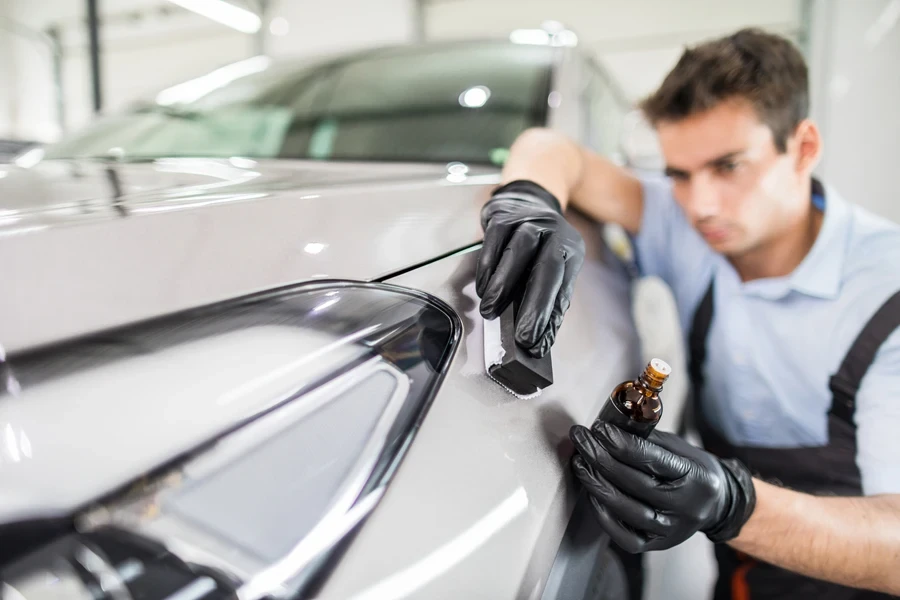
5. Graphene-based coatings
Graphene-based ceramic coatings are making ripples in the ceramic coating sector. Graphene is known for its extreme strength and is made of a single layer of carbon atoms. But it’s not just tough; it’s also flexible. This quality makes it even better at repelling water than traditional ceramic coatings.
Regardless of what some claim, graphene alone isn’t a coating. It’s blended with ceramic to create a carbon-force ceramic coating that offers premium protection. The ceramic molecules bond beneath the vehicle’s paint, while graphene forms a durable top layer for long-lasting defense.
The result is a combination of the ease of use found in wax and the benefits of advanced technology. This coating resists scratches, chemicals, and corrosion, prevents water spots, and enhances gloss for that wet showroom finish. It also boosts slickness, making maintenance effortless.
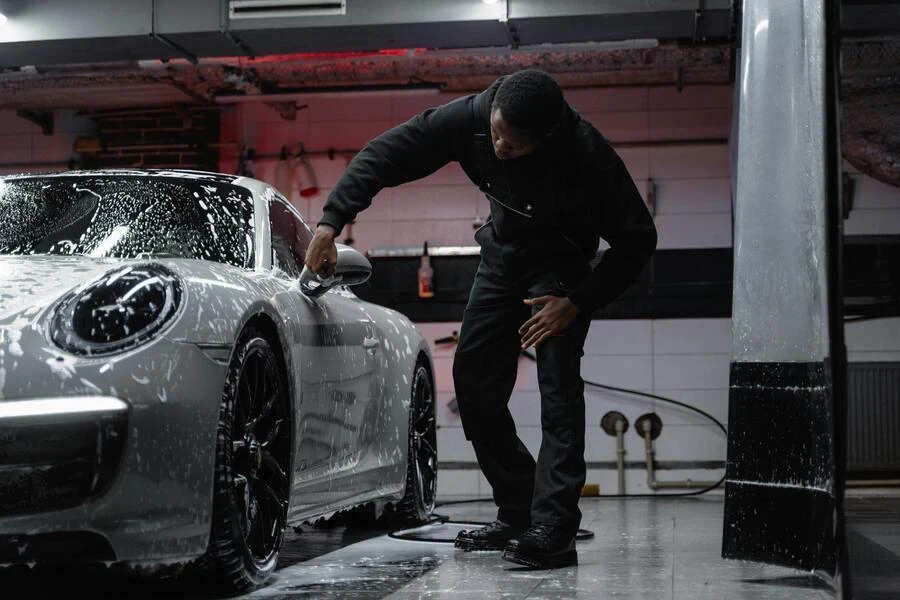
Investment tips for the ceramic coating segment
When investing in ceramic coatings, it’s essential to consider the lifespan and sustainability of the products. A coating that doesn’t last long will require frequent reapplication. This forces users to repeat purchases, which could get expensive for them. Note that the market is rapidly expanding and driven by car owners who want the last protection against scratches, stains, and extreme weather conditions.
It’s also important to realize that technology plays a significant role in this sector. Companies that develop innovative formulas using nanotechnology and self-healing properties have a competitive edge. And as more people seem to be concerned about their carbon footprints, businesses that focus on water-based or low-VOC coatings are likely to gain long-term success.
A wholesaler or a retailer operating in this sector should aim to target the right customer segments. Luxury car owners, dealerships, and professional detailing businesses drive demand for high-end ceramic coatings. At the same time, DIY ceramic coating products are becoming more accessible through e-commerce, opening up new revenue streams.
Lastly, the stakeholders in this segment should prioritize their financial performance. Brands with strong revenue growth, global distribution, and continuous R&D investment are better positioned for long-term success. Investing in a ceramic coating business or distributorship can also be profitable, especially when bundled with premium accessories and professional application tools.
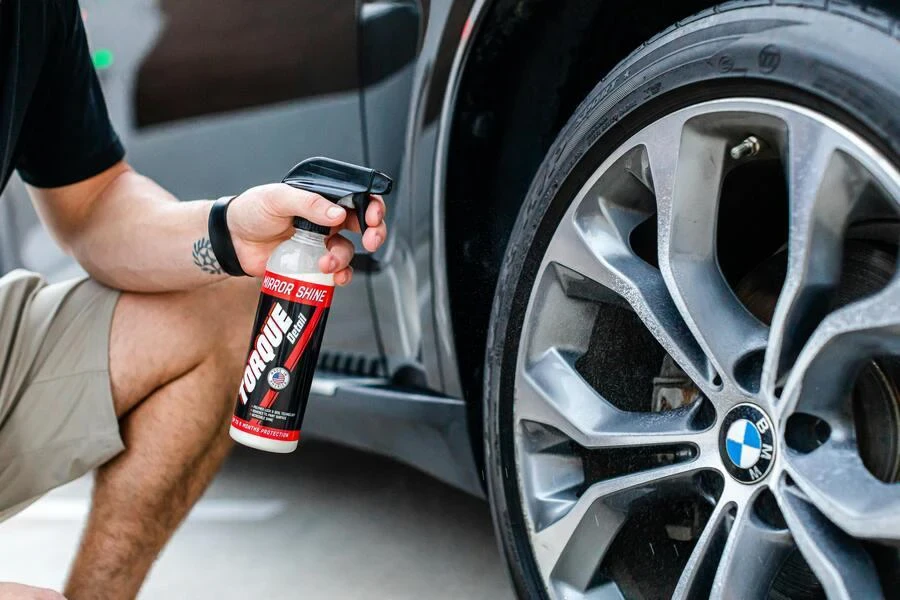
Final thoughts
This article clarifies that the ceramic coating segment has plenty of potential to grow. The margin for product innovation combines with business development opportunities to create lucrative profit potential. All it takes is the right strategy and a focus on market gaps to design relevant inventory. For further ideas, we suggest you check out Alibaba.com and the range of ceramic coatings they offer.

